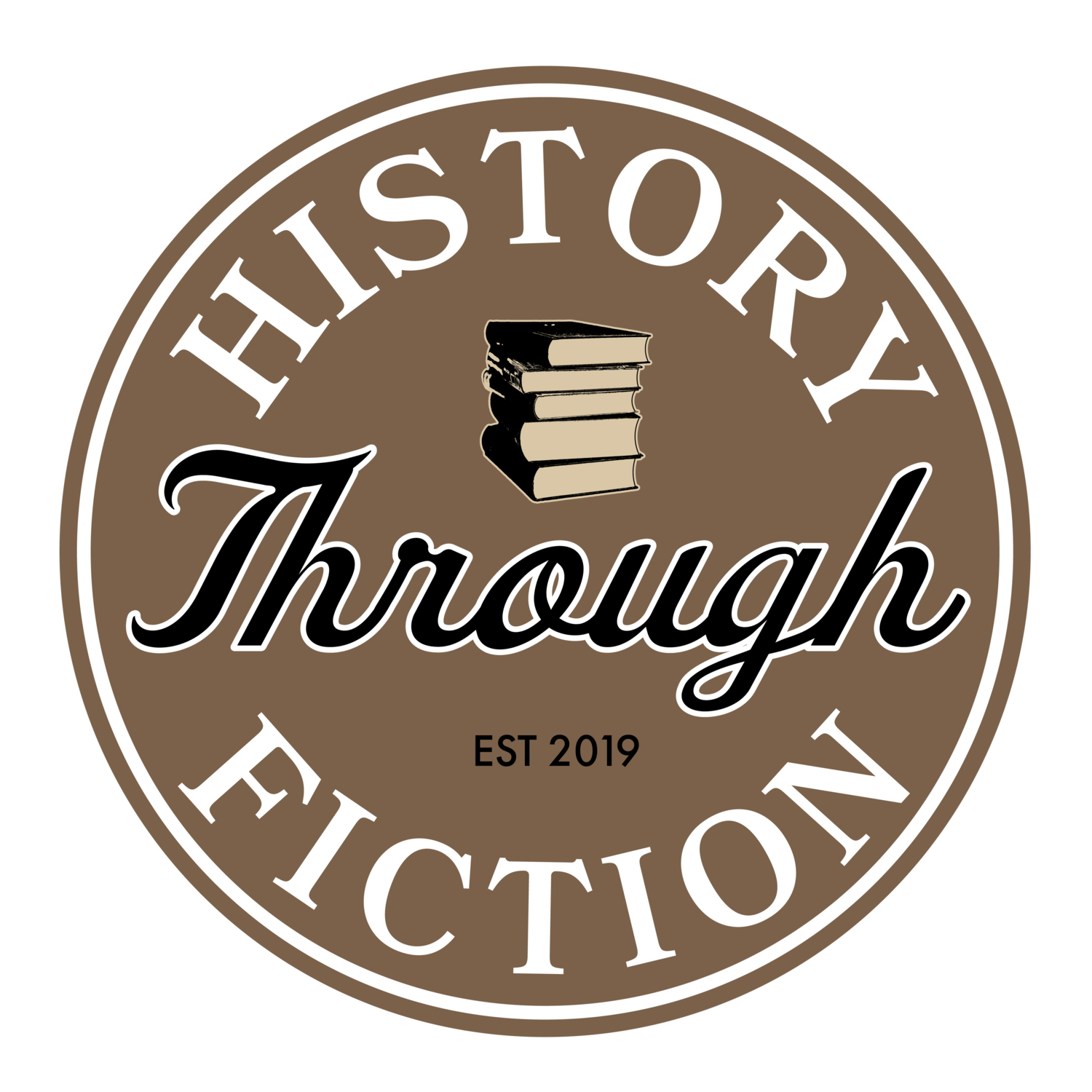An Author’s Journey: Ashley E. Sweeney on her Novel The Irish Girl
In the gathering storm, I huddled under a woolen throw in the front room, the peat fire blazing in the massive hearth. Outside, the howling wind whipped bare branches, frothed waves, and sent neighboring sheep to cover. By the time the tropical storm arrived, the rain slanted sideways and pelted the cottage. Forget about power, the only power evident lay in the elements, cold and raw.
As a historical novelist, I believe strongly there is no substitute for standing on the ground where a novel takes place. This practice has led me to Alaska for research on the Klondike Gold Rush (Eliza Waite), across the length of The Oregon Trail (Answer Creek), to the stark deserts of the American Southwest (Hardland), and to rural western Ireland.
Which brought me to the end of Dawros Beg, a small claw-shaped peninsula outside Letterfrack, Connemara, County Galway, Ireland last fall to stand on the ground where my great-grandmother, Mary Agnes Coyne, grew up in the late 19th century.
The Irish Girl - Out Now!
Based on the story of my great-grandmother, The Irish Girl recounts one immigrant girl’s story as she travels alone to America in 1886 at age thirteen. Faced with misogyny, poverty, derision, and heartache, Mary Agnes navigates an arduous sea voyage, squalid tenements of New York, rough alleys of Chicago, and the untamed American West, all with indubitable resolve.
I first heard Mary Agnes’s story when I was not much younger than she was when she traveled to America. My beloved, feisty grandmother, Grace, Mary Agnes’s eldest daughter, told me of Mary Agnes’s journey, although the details were spotty. I wondered at that time how Mary Agnes survived the journey. In the decades since, many other questions arose. Who did she confide in? What were her hopes and dreams? How did she protect and support herself? Who did she love? Did she ever see her family again? In the end, was she happy?
When I committed to writing Mary Agnes’s story two years ago, I reached out to distant relatives in the U.S. and in Ireland. I received conflicting information about Mary Agnes and her journey to America, all of it helpful, and much of it used in some way. In the end, The Irish Girl is the bones of my great-grandmother’s story, but it is so much more: A mosaic of many young Irish girls’ experiences in America, and, as an extension of that, the trials of all our female forebears, excepting Native Americans, as they traveled to America from Europe and beyond.
For every novel I write, I read 50-100 books for research and, in addition, consult period newspapers, journals, magazines, census reports, birth and death certificates, real estate transactions, transportation schedules, menus, playbills, and books written in that era. In author jargon, it’s called “going down the rabbit hole.” Many hours are spent in that rabbit hole! But none of it is wasted time. There is always something to pick up: Fashion, vernacular, music, political cartoons, biases, advertisements, personal ads, minor events.
Because I am a stickler for accuracy, I check, double-check, and triple-check my sources before publication. It is here, at my desk overlooking Skagit Bay in Northwest Washington, where I do this, traveling back in time and immersing myself in researching and writing (I joke that I live in the 19th century for half the day before I rejoin the 21st century).
Which is why it was easy for me to put myself in Mary Agnes’s shoes (or, in her case, lack of shoes) sitting in the whitewashed cottage at the edge of the Atlantic Ocean in County Galway last fall as the storm barreled in (it is not without irony that the storm was named, appropriately, Agnes).
Now I’m a few weeks out from publication, and as I hold the finished copy of the novel – and it is fiction – in my hands, I ask myself: Have I captured Mary Agnes’ story? Without alienating relatives or her memory? In the spirit of all young girls over the centuries who have faced unconscionable difficulties and come through stronger?
I pray I have.
About the Author
Multi award-winning author Ashley E. Sweeney’s fourth novel, The Irish Girl, was published this month by She Writes Press. Her previous novels, Eliza Waite, Answer Creek, and Hardland, have won a total of 17 awards, including the Nancy Pearl Book Award, Independent Press Award, WILLA Literary Award, and New Mexico-Arizona Book Award. Sweeney, a native New Yorker and graduate of Wheaton College in Norton, Massachusetts, spends winters in Tucson and summers in the Pacific Northwest. She is represented by Blue Cottage Agency.


